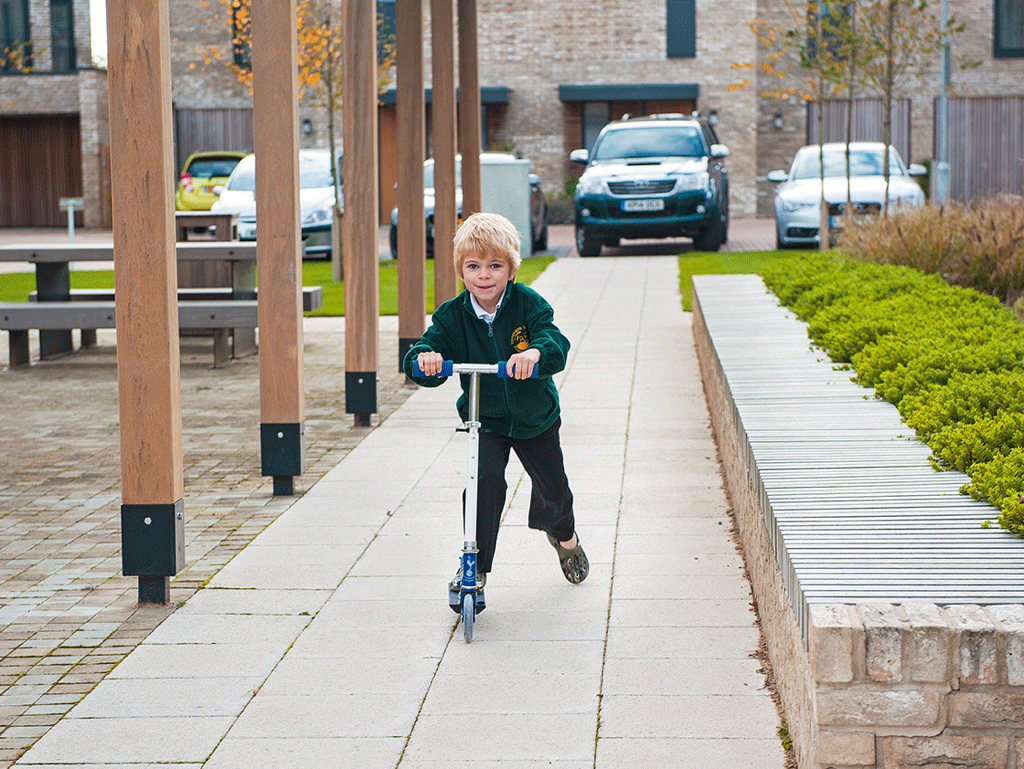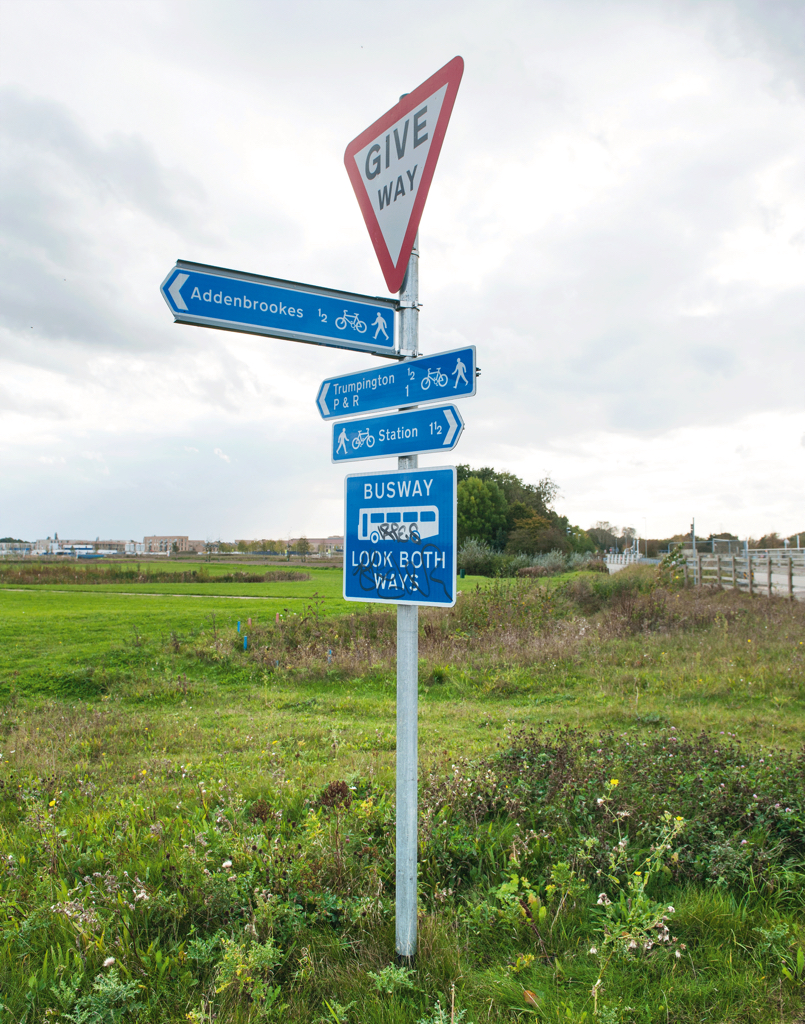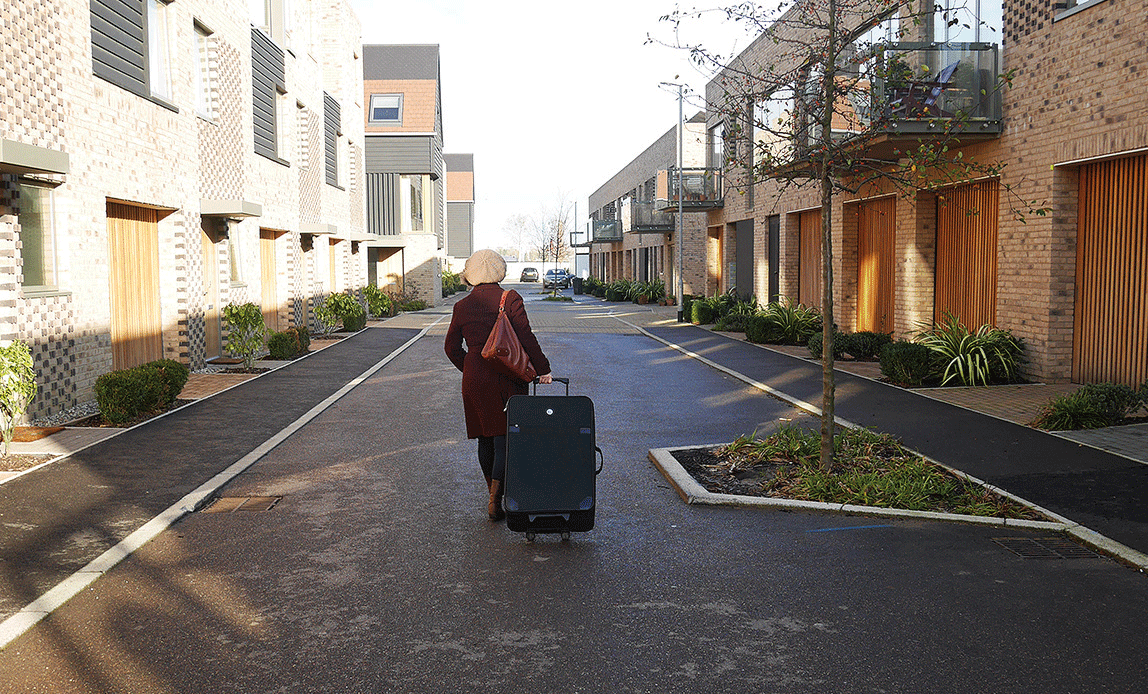
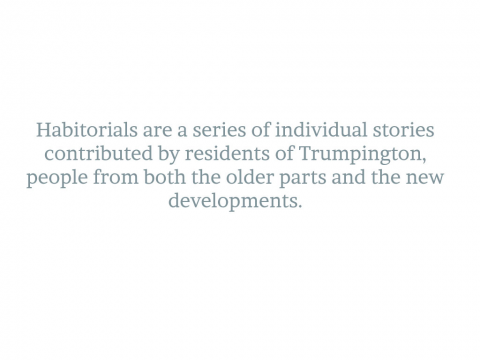
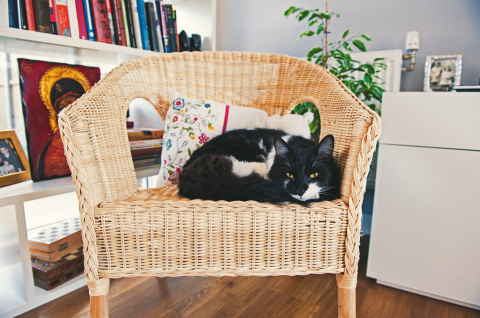
They are stories about home and pride of place
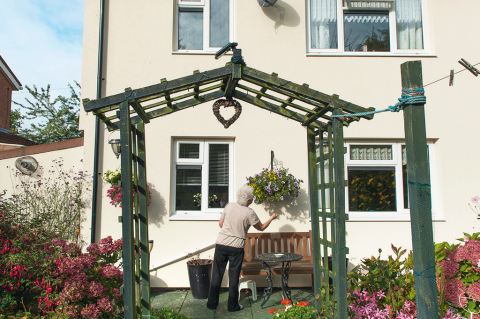
About memories of the past and desires for the future
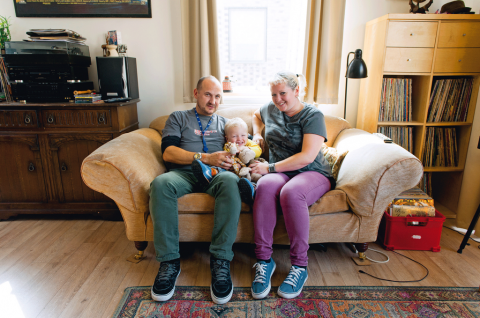
about family and community
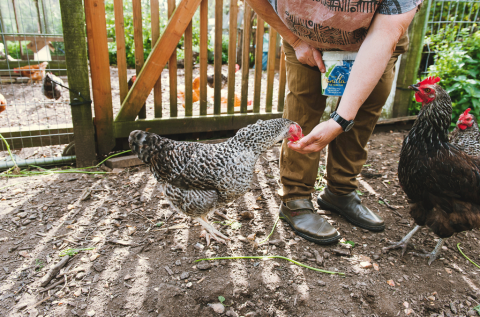
gardens, kitchens, chicken and shops
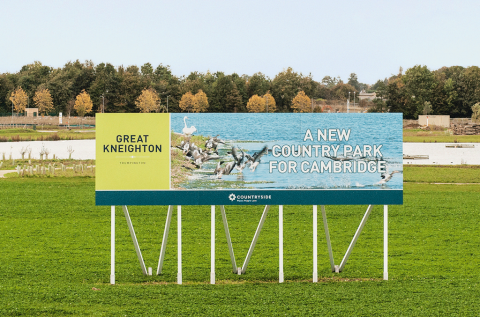
worries and hopes
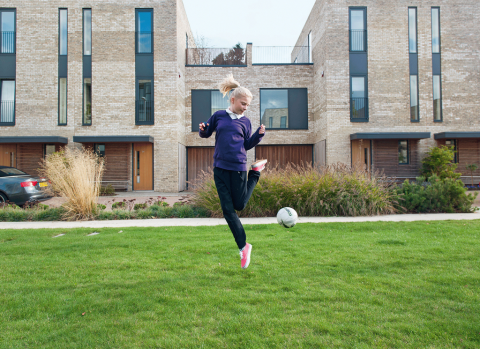
about day-to-day living and about change
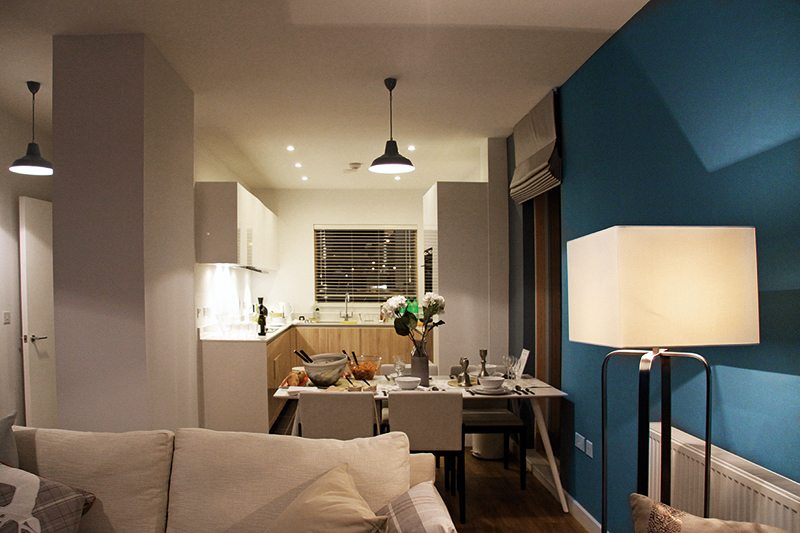
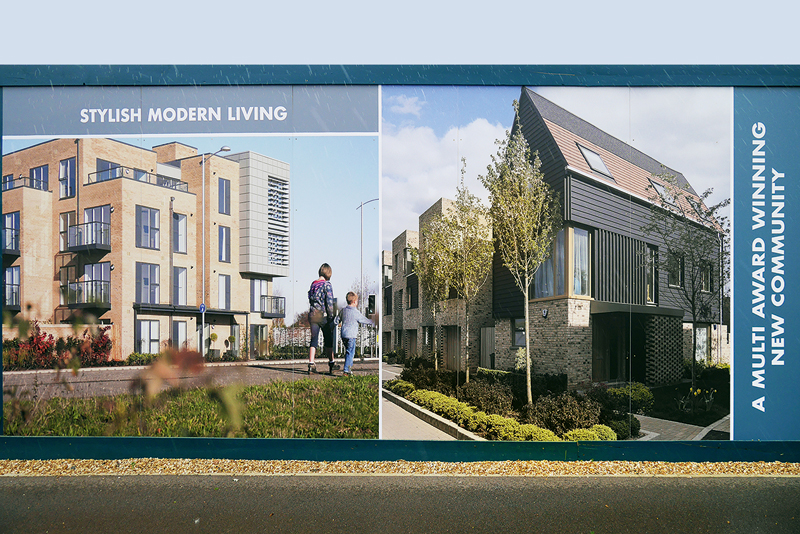
Lives inSefton Close (off Scotsdowne Road)
Moved to Trumpington in1990
Type of housing4-bedroom detached house, built in the 1960s
Current market valuearound £420,000 (according to Zoopla)
Favourite place in Trumpington“Byron’s Pool is my number one spot. I like the wildlife and the peace and the water and the trees, and all that stuff, which is wonderful.I also have also a fondness for the railway crossing that goes across the fields to Addenbrooke’s Hospital. My husband Jimmy (then my boyfriend) and I walked down there one evening when we were commuting between London and Cambridge and had a conversation about our future. We decided there that we were going to stay together long term. A month later I was pregnant. It feels like that spot has a force field under the ground! There’s a bridge there now. I know this isn’t going to be everyone’s cup of tea but I love seeing Addenbrooke’s Hospital on the horizon. Partly because I worked there and partly because we had our wedding reception there, at the Frank Lee Centre.”
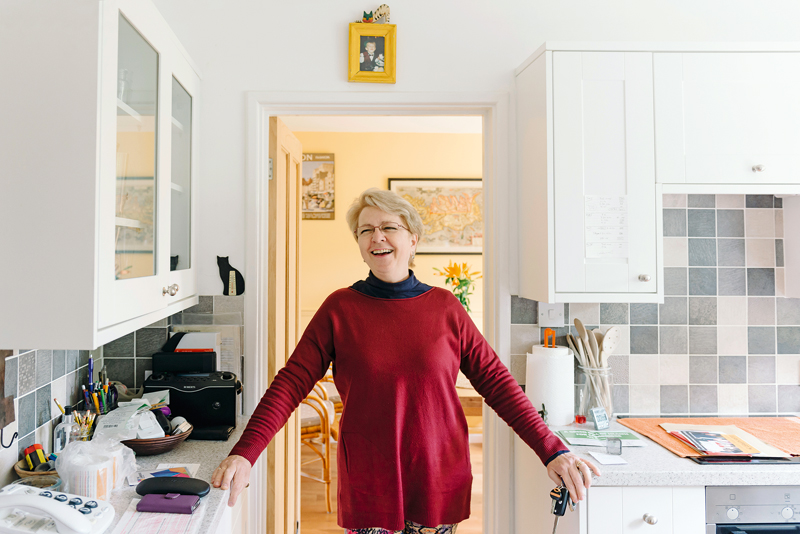
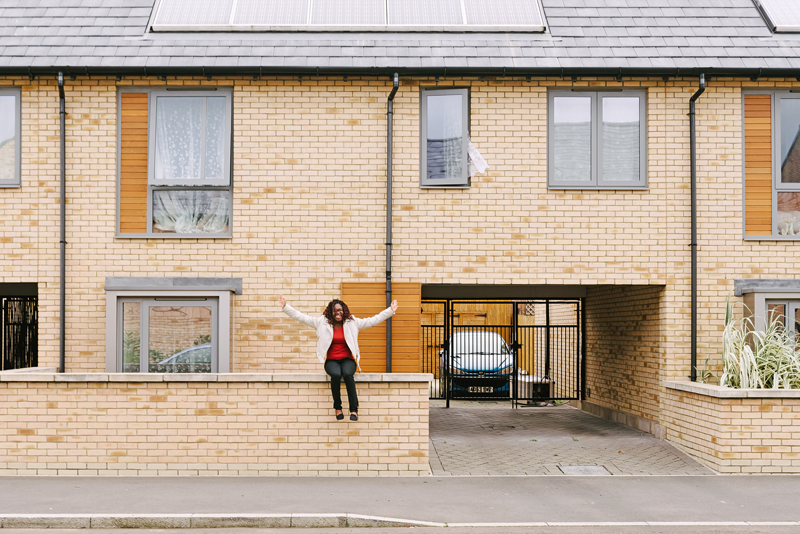
Lives inSpring Drive, Trumpington Meadows
Moved to Trumpington inDecember 2012
Type of housing3-bedroom terraced house, finished in the 2012, rented from housing association
Current market value2, 3 & 4 bedroom houses on the Trumpington Meadows are being advertised from £429,995 to £649,995 on Barratt’s website
Current council rent£165 per week
Favourite place in Trumpington"I love the parks because I love the fresh air I get when I’m out. The atmosphere helps me think up great ideas and I love playing with the kids or watching them play when I take my brother and sister out. It’s always full of excitement and laughter. Even in the horrible winter weather, it never loses its warmth – and I think there’s some beauty in that."
Lives inBishops Road
Moved to Trumpington in2008
Type of housing3-bedroom semi-detached house, built in 1937
Current market valueHouses on Bishops Road have a current average value of £432,257, according to Zoopla
Favourite place in Trumpington"My favourite place in Trumpington is the Cooke Curtis & Co office. Obviously. The reason we liked this location on Trumpington High Street was because everyone knew where the Hobby Shop was. It’s a bit of a shame it closed down, because it was such a landmark, which is why we’ve kept the sign… But we didn’t feel like we were taking away a valuable village resource that could have been something great for the community."
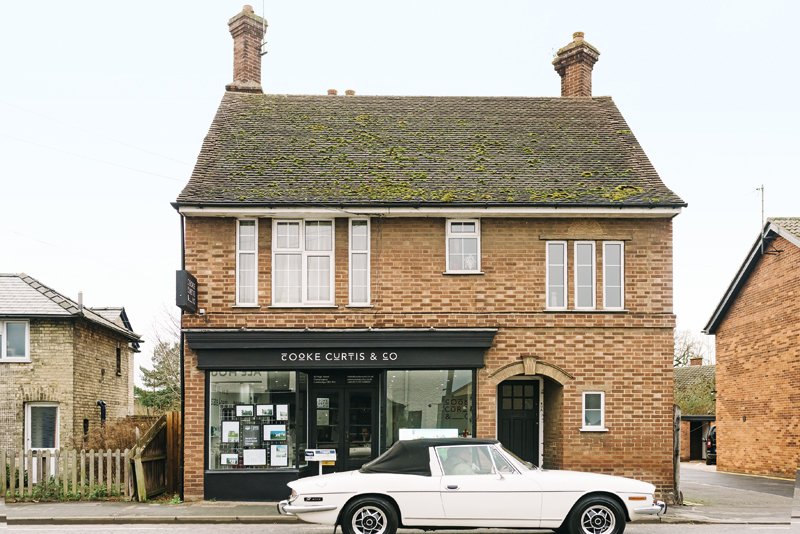
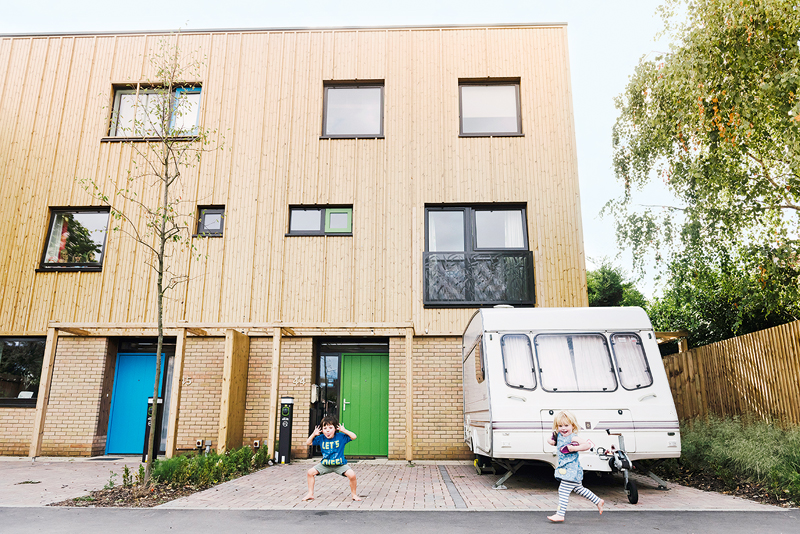
Lives inLingrey Court, behind Anstey Way
Moved to Trumpington inJanuary 2015 (left in January 2016)
Type of housingFour-bedroom, semi-detached eco-home, newly built
Current market valueAround £550,000
Favourite place in Trumpington“Our favourite place in Trumpington is the park and field in the Foster Road estate – the children also love it too!”
Lives inBishops Road
Moved to Trumpington in1974
Type of housing2-bedroom detached house, built in 2013
Current market valueHouses on Bishops Road have a current average value of £432,257, according to Zoopla
Favourite place in Trumpington"Shirley’s favourite place is her own garden, while Stephen’s is away from the city in the countryside."
Please note: some of the images included with this article were supplied by Stephen Brown. The image of the Plant Breeding Institute is supplied courtesy of the PBI. The black and white image is courtesy of Maurice Rayner.
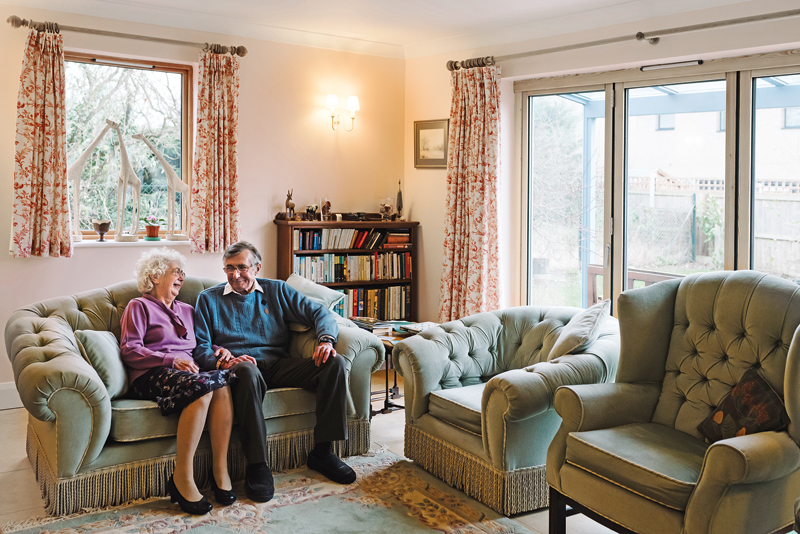
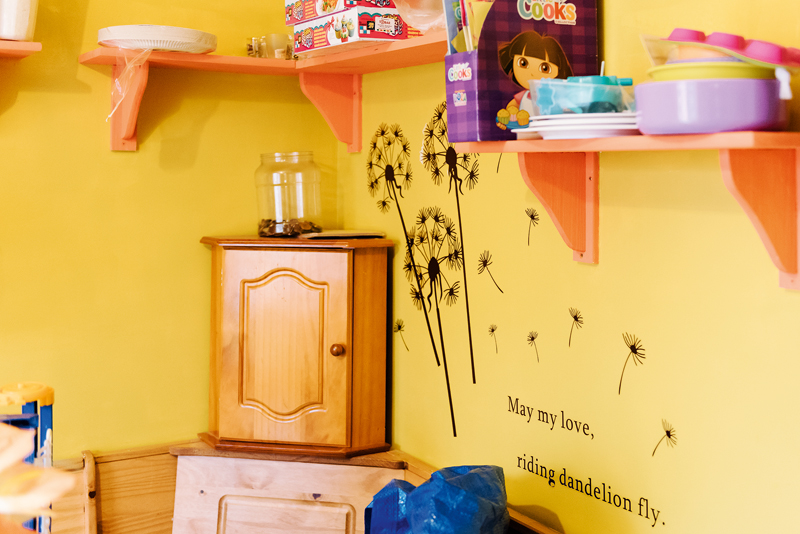
Lives inConsort Avenue, Trumpington Meadows with her husband Derek, 48, and three children (Charlotte, 13; Alice, 10; James, 5)
Moved to Trumpington inOctober 2013
Type of housing4-bedroom terraced house, built in the 2013, rented from housing association
Current market value2, 3 & 4 bedroom houses on the Trumpington Meadows are being advertised from £429,995 to £649,995 on Barratt’s website
Current council rent£168 per week
Favourite place in Trumpington"Some of my fondest memories are of taking the children over to the park near the Pavilion. The children were relaxed and we’d pop into the Bun Shop [on Anstey Way] and get some treats.”
Lives inShelford Road
Moved to Trumpington inSteve and his wife Dee moved to Trumpington in 1972; they share their house with their youngest son Sam, his wife Fran and their two young daughters, Katie and Amy
Type of housing3-bedroom terraced house, built in 1902
Current market valueSimilar houses on Shelford Road have a current value of around £455,000, according to Zoopla
Favourite place in TrumpingtonSteve loves going along to the car boot sale at the Trumpington Park and Ride on Sunday mornings to pick up a bargain. Sam’s favourite spot is the newly named local pub, the Hudson’s Ale House.
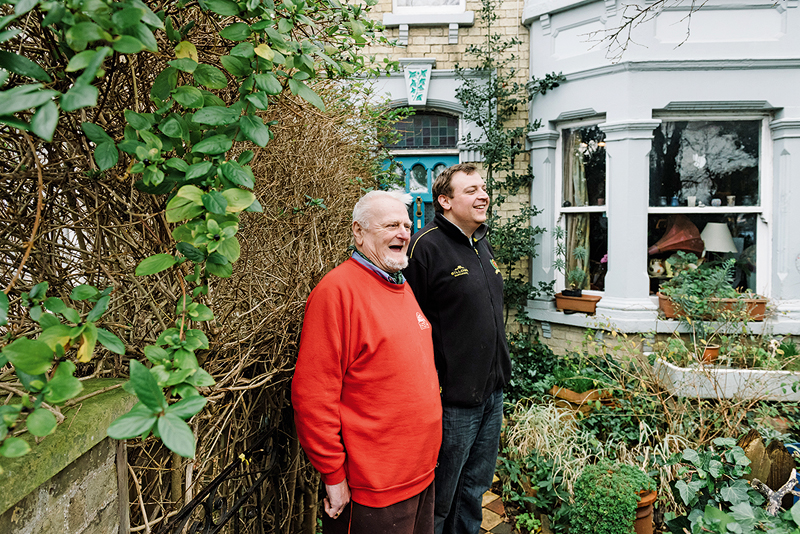
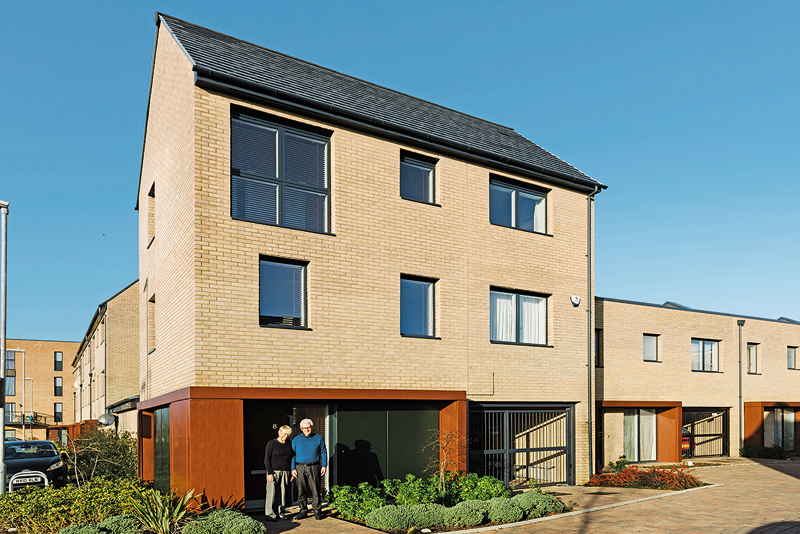
Lives inCedar Road, Novo development
Moved to Trumpington inAugust 2013
Type of housing4-bedroom detached house, built in 2013
Current market valueCurrent value of around £583,000, according to Zoopla (the house cost £490,000 in 2013)
Favourite place in TrumpingtonJen: “My house. I love the sun rises and the sunset. It’s just different every day. It’s fantastic.”
David: “I love the house but I also particularly like the walk down by the River Cam. It’s beautiful down there, it really is."
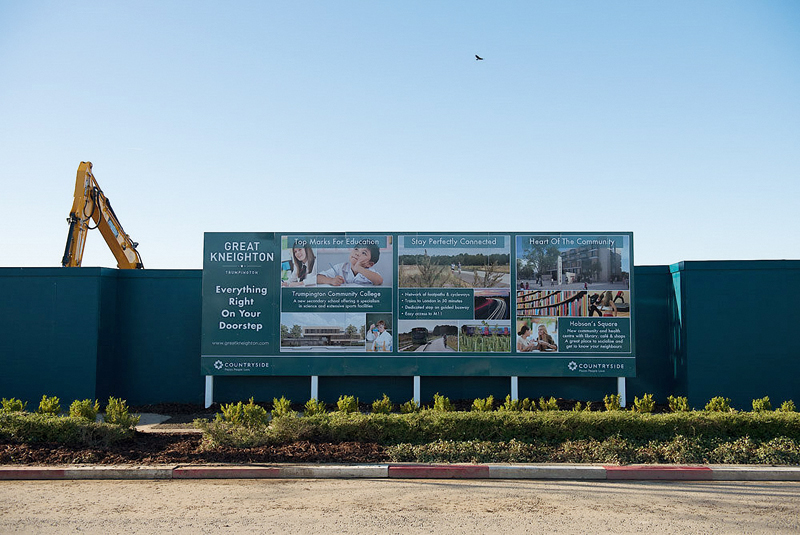
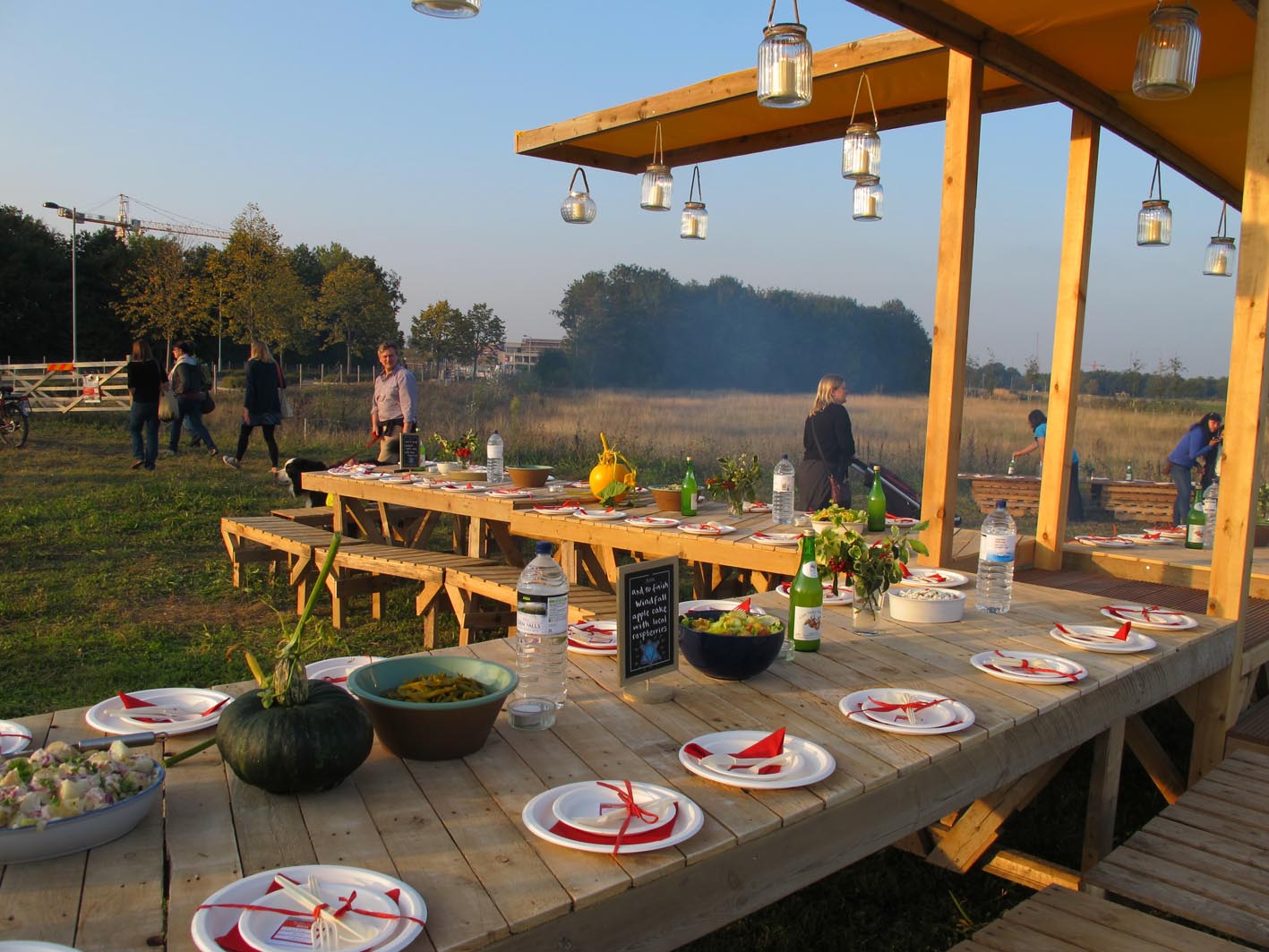
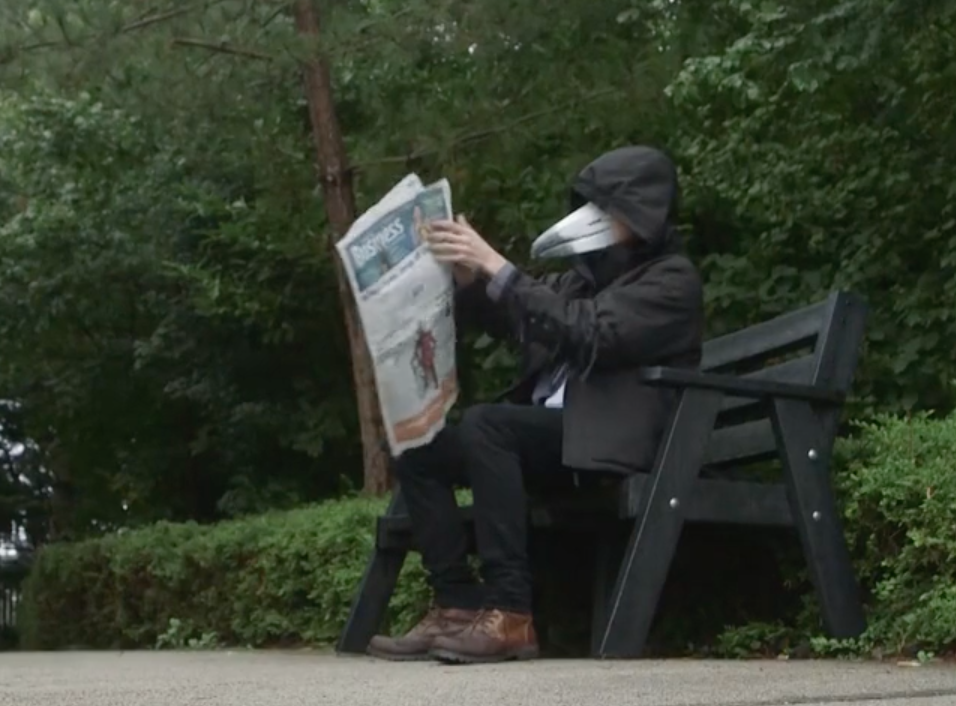
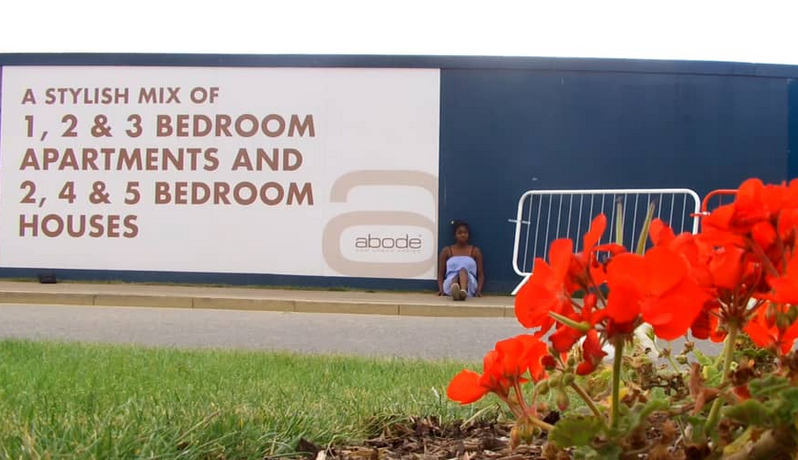
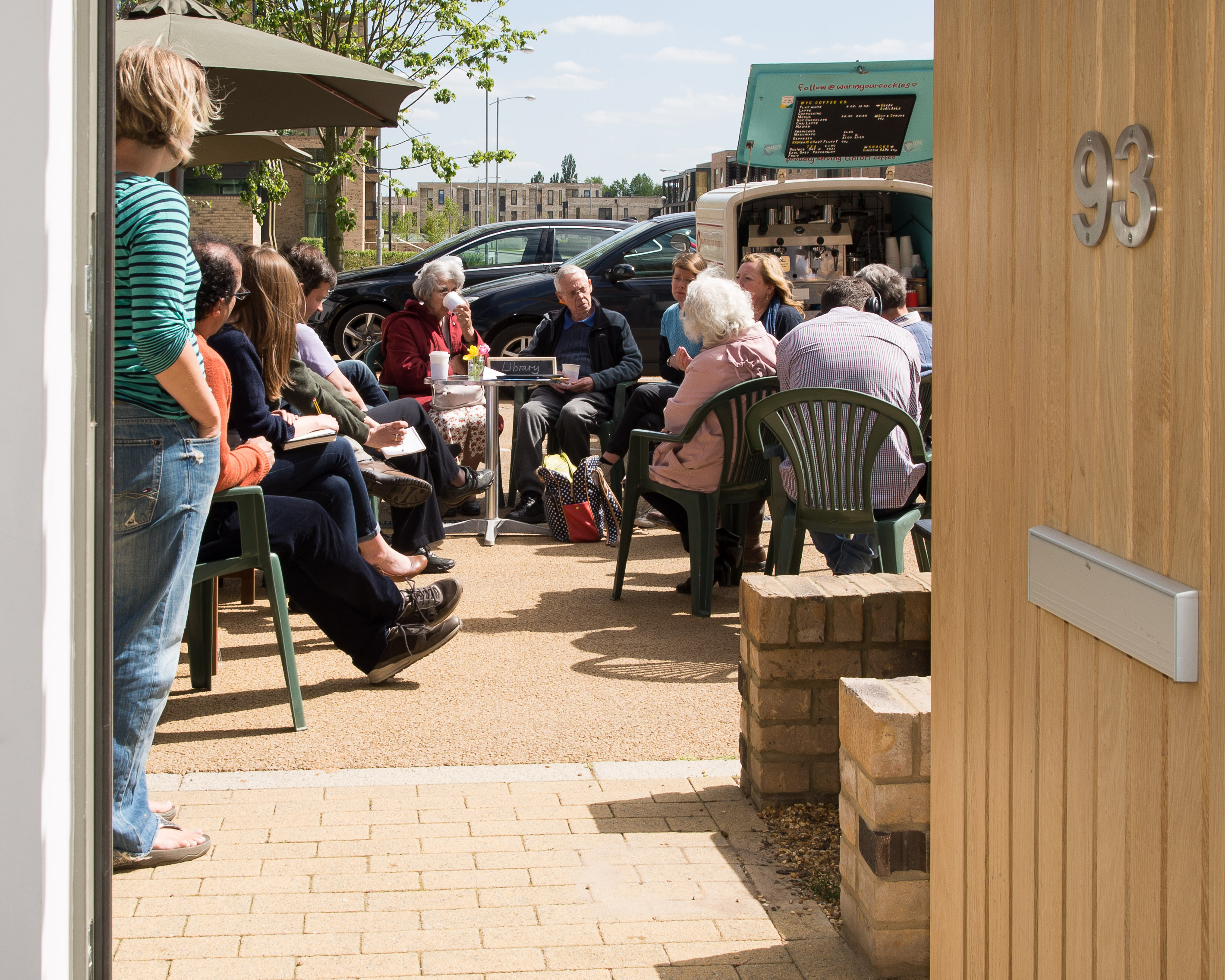
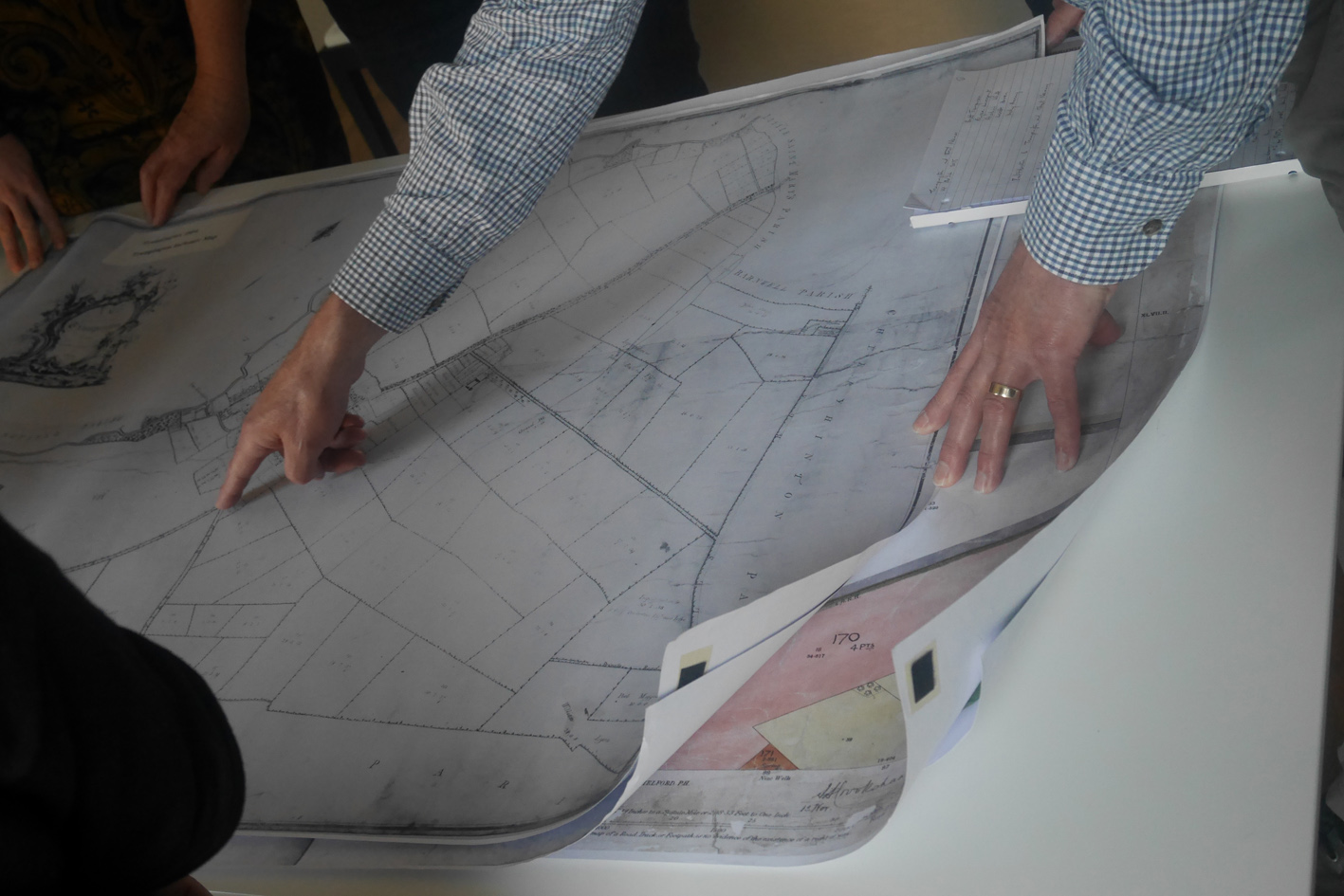
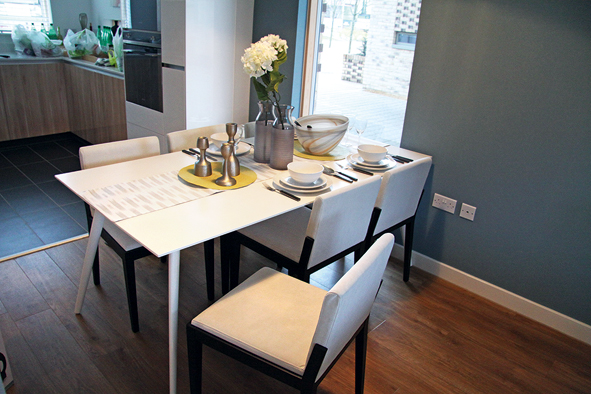
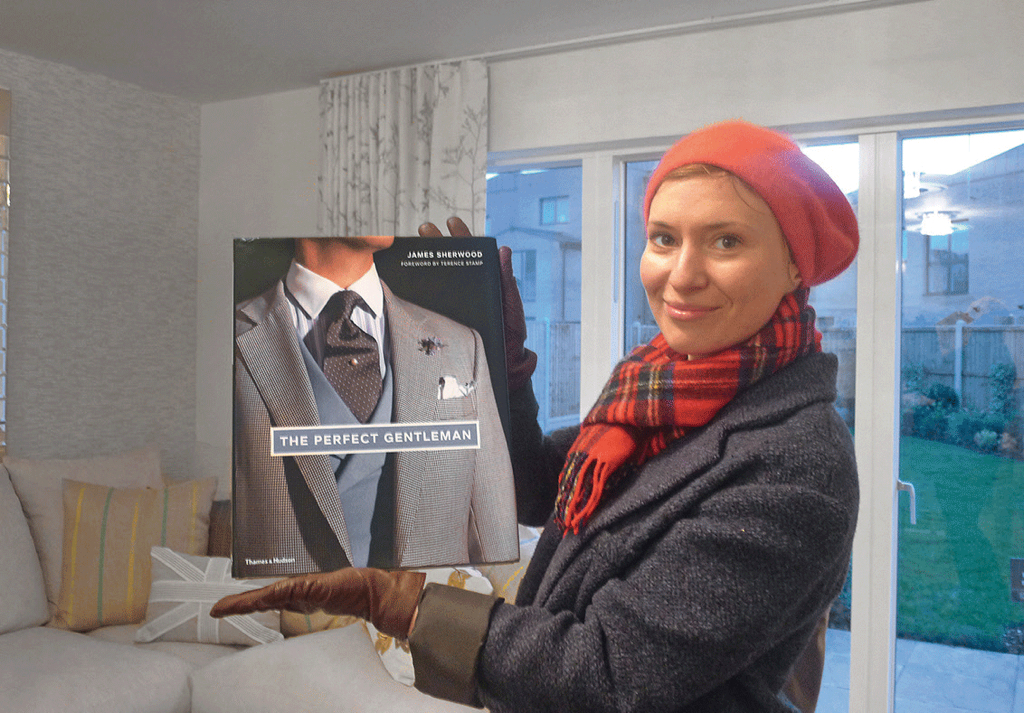
Age81
Lives inByron Square
Moved to Trumpington in1966
Type of housingThree-bedroom, end of terrace council house, built in 1947
Current market valueCurrent market value of around £260,000 (according to Zoopla)
Current council rentApprox £120 per week
Favourite place in TrumpingtonSitting on a chair in her dining room looking out over the recreation ground
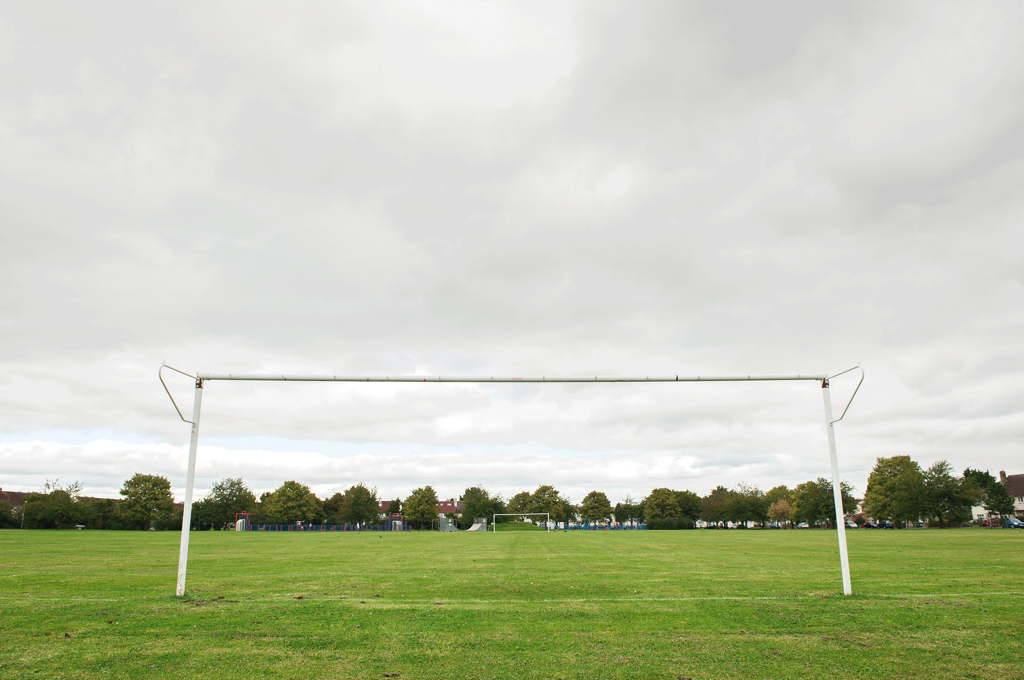
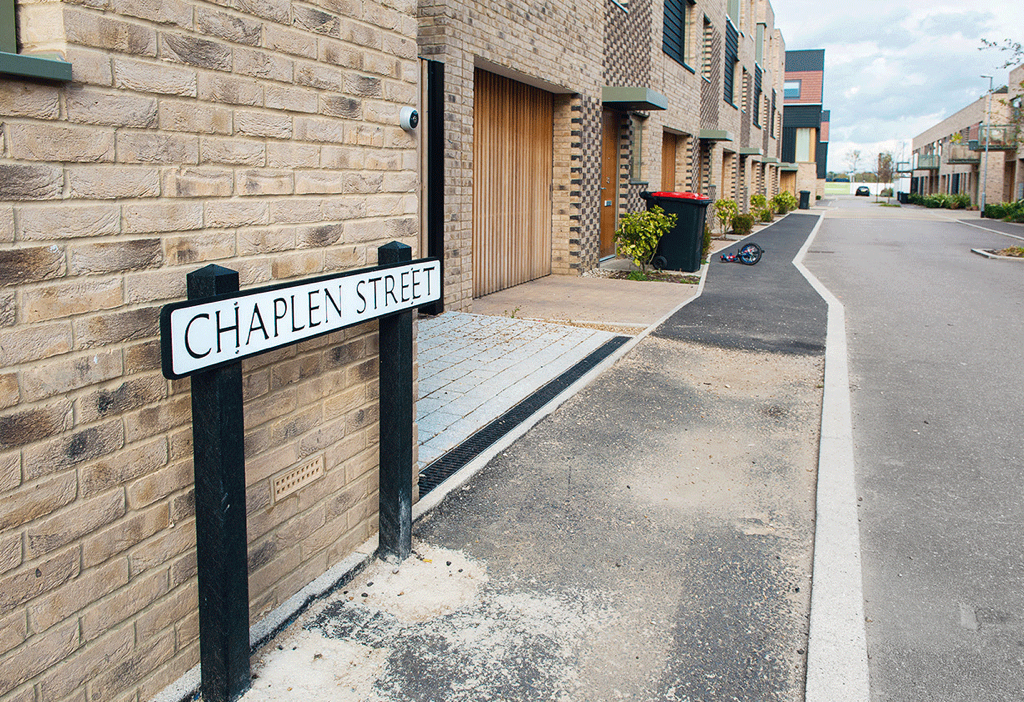
Age36
Lives inChaplen Street
Moved to Trumpington inMarch 2013
Type of housingFour-bedroom, three storey, private house, built in 2013
Current market valueCurrent value Around £534,000 (according to Zoopla)
Age72
Lives inTrumpington Hall
Moved to Trumpington inThe Pemberton family have been resident in Trumpington since 1715. They originally came from Pemberton in Lancashire.
Type of housingManor house first built circa 1600, with 600 acres of land
Current market valueundisclosed
Favourite place in TrumpingtonTrumpington Hall
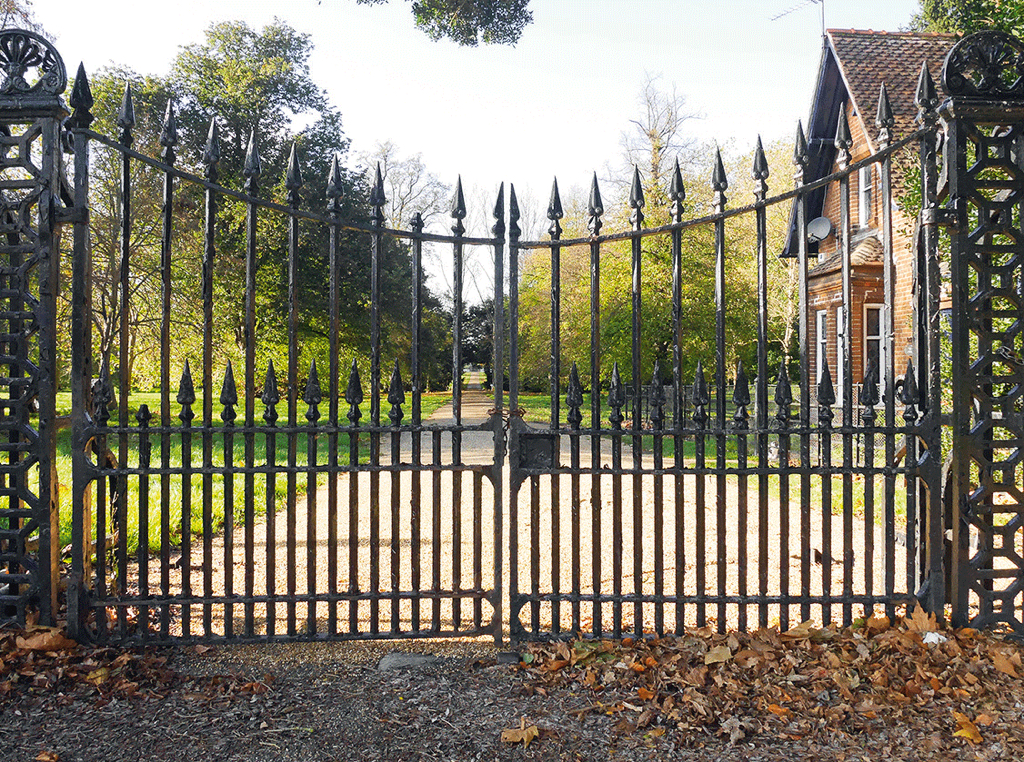
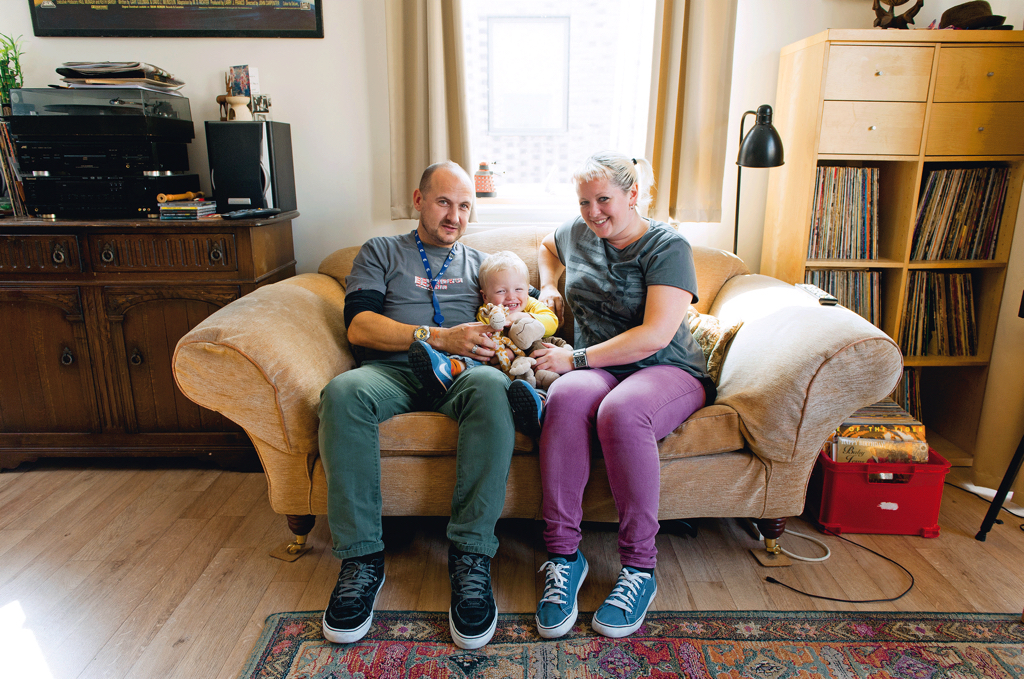
Age31/ 46
Lives inChaplen Street
Moved to Trumpington inMay 2013
Type of housingTwo-bedroom apartment rented from housing association
Current market valueAround £299,000
Current council rent£150 per week
Favourite place in TrumpingtonApart from their home, their favourite place in Trumpington is the beer garden at the Lord Byron, where they like to stop off for a refreshing pint after a Sunday walk to Grantchester.
Age63
Lives inFoster Road
Moved to Trumpington in2003
Type of housingThree-bedroom terraced former council house, built in 1947
Current market valueAround £310,000 (according to Zoopla)
Favourite place in TrumpingtonNine Wells – a nature reserve with several chalk springs that form the source of Hobson’s Conduit, which carries water along Hobson’s Brook into the heart of Cambridge.
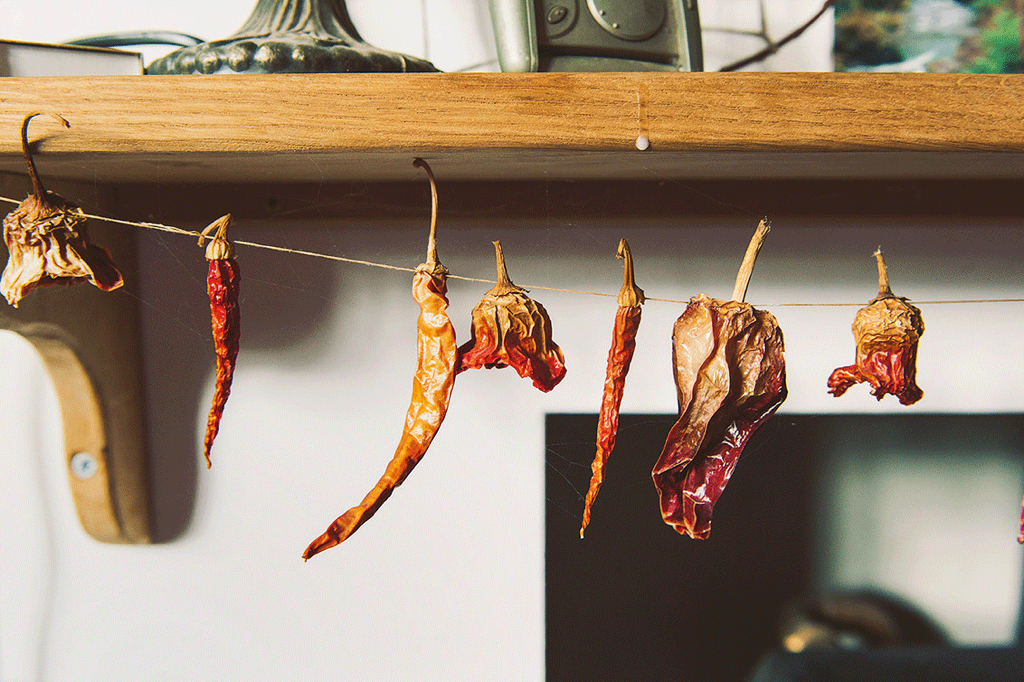
“When I first came here I really felt like I’d been called to be here,” says Ceri. “I used to go out there to connect with the land, to walk it. I loved that whole concept, the importance of recognising the ancestral history of the land and the importance of place to people as individuals. It’s what makes us feel grounded. The soil itself is what feeds us.”
“For me the land carries the knowledge of our ancestors,” she says. “We know that there have been people living here since pre-historic times because of all the archaeo.logical excavations that have been done. There have been people living here in just about every period since the Neolithic era. That’s all imbued in the land here.”
After moving from London to the Fens just over 14 years ago, Ceri and her partner Dave were looking for a home in Cambridge that was closer to Dave’s work as a specialist nurse. Somewhere that had some land. Somewhere with a sense of community. A place where they could create a more sustainable future – where they could grow more of their own fruit and vegetables. A place where they could build a life in a community where they felt supported. And a good place to grow old gently.
“When we came here and saw this garden leading down to the chicken plots and the allotments, we thought ‘this is somewhere with real potential to create our dream of becoming more self sufficient,’” she recalls, ushering us into her house crammed full with books and seedlings and drying-out seeds that nestle in baskets among piles of well-thumbed files and newspapers.
“We put in an offer and the day the offer was accepted, we went down to the allotment to sign up for a plot, because we had to get our onions in!” she says – red and black patterned trousers and well-worn T-shirt set off by a tousle of salt and pepper hair and soil-weathered hands.
Ceri and Dave bought their three-bedroom house in 2003 for around £155,000 from former council tenants who got the option of owning their home through Margaret Thatcher’s 1980s right-to-buy policy. The couple got to work to make their new home as eco-friendly as possible by insulating it from top to bottom. Then they set about installing a wind-powered domestic micro-generator with a wind turbine that whirs away next to the chimney on the end gable of the house; they invested in solar panels to heat their water, later adding photo voltaic panels that provide electricity. And they installed a woodstove in the living room that keeps the house cosy through the winter months and heats their water all year round. They hardly ever need to turn the central heating on. In the summer, they sell electricity back to the national grid. And for the winter months, they collect a stash of local wood to keep their woodstove burning. Much of it sits in a large woodshed in the garden and an unruly pile appears in the front garden as if by magic as neighbours drop off wood they don’t need.
Ceri and Dave also threw themselves into the local allotment community – working hard to establish their own plot and getting to know their neighbours along the way.
It wasn’t long before their enthusiasm earned them a place on the allotment committee. Today, they grow around 50-75% of their own veg on their two allotment plots – onions, potatoes, cabbages, leeks, beans and peas, courgettes and pumpkins, and most of the fruit they eat, with harvests shared from neighbours’ gardens too. This summer they picked 20 lbs of strawberries from their plots in just one week. They make a point of eating food that’s in season and try not to go to the supermarket, if they can help it. They supplement their home-grown produce with food from the Sunday market in the centre of Cambridge. Dave even helped to set up some bee hives on the allotments, so they harvest their own local honey too.
Three years after they had moved to Trumpington, Ceri decided to give up her job as an occupational therapist because she was becoming increasingly concerned about climate change. Not only did she want to focus on reducing her own carbon footprint, but she also wanted to work with other people to explore what she calls a “one-planet lifestyle”. Although the drop in family income was scary at first, she was motivated by the prospect of learning to become more efficient at growing food, as well as helping to develop local organisations that support people to make their lifestyles more carbon neutral. For the past ten years, she has been a local green activist and a candidate for the Green Party in Trumpington.
Ceri became a founding member of Transition Cambridge – a local group of the worldwide organisation that wants to build people’s resilience to combating climate change. Together with three other women, she set up a chicken co-operative on the sandy land at the bottom of her garden (they keep around 20 chickens between them). While she was Vice Chair of the Trumpington Residents Association, she was a champion in discussions about whether to get involved in planning the refurbishment and management of the Pavilion building as a community partner with the council. And she also initiated the idea of a community orchard on a patch of disused earth between the chicken coops and the allotments that had been used for fly-tipping for decades. She worked together with neighbours Susanna Colaco and Lance Routledge to bring the project to life.
“When we first moved here, there was an empty piece of land,” she explains. “Dave and I used to go and just sit there sometimes and feel blessed that there was all this green space around us. Quite early on I thought, I’ve been wanting to start a community orchard and this would be a fantastic space for it.”
After protracted negotiations with the City Council and the Allotment Society, Ceri, Susanna and Lance got the green light to set up the Trumpington Community Orchard Project. They got some grants from the City Council and a BBC Breathing Space lottery grant to start the ball rolling. This helped to pay for contractors to come and clear the fly-tipped rubbish, as well as building the paling fence and a gate, and sowing short grass seed and wildflowers. The local community and voluntary organisations did the rest of the work – volunteers were trained up to plant and prune the apple trees and manage the site. The original hedgerow that had become a leggy tree line was laid in a traditional method used since Medieval times to create a habitat that attracts birds and insects. And nesting boxes were installed to encourage birds and bats to take up residence – including a swift box with solar-powered recording equipment that plays swift calls to attract birds to nest there. Today, the orchard has become a well-loved community asset – for people and wildlife alike. The project organises regular maintenance sessions every second Sunday of the month – as well as annual events like the Wassailing ceremony, a traditional blessing on the Twelfth Night of Christmas to promote a good harvest for the year ahead.
“We worked together to create a nice space and a pocket park,” says Ceri. “Lots of people who live in the community are very involved with it. I think it’s been well used. But since they’ve put the guided busway in, the magic and peace of the place isn’t the same. Now it feels like a special place that’s boundaried by artificial light and technology.”
Ceri’s grief is palpable as she talks about the guided busway that was built along the disused railway line once teeming with wildlife that runs just behind her beloved community orchard and the allotments at the bottom of her garden. It was a prelude to the Great Kneighton development that is now being built on the arable farming land beyond.
“We’ve concreted over nature,” she says. “We’ve actually buried a stream on the busway. We don’t get any frogs in our garden any more. We also get road kill because they didn’t make any passages underneath the busway for the hedgehogs and small mammals. There were two fox families and badgers in the cutting. The contractors dug the badgers out and chased them away before they started building the busway.”
“I find it harder to go in the orchard these days unless it’s a work day and then I always go and look over the fence and look at the guided busway. On week days, I go to the allotment and I spend half my time thinking ‘Oh for God’s sake, stop making all that noise!’ when I hear all the constant bleeping from the diggers and the screaming power tools while all the building work’s going on.”
Ceri feels a similarly deep-rooted sense of grief and anger as she watches the 2,300 new houses being built brick by brick on the Great Kneighton development.
“When we moved here, we paid for an extended survey to check for any potential issues and hazards,” she says. “The City Council did not flag up any development. Four weeks after we moved in, the plans were put forward. I used to walk around feeling furious. I used to say to the planning officers: ‘the impact this is going to have on the community is going to be enormous on an emotional level’. The impact on the local population isn’t even taken into consideration.”
“I used to walk there in those fields,” she says, gesturing beyond the end of her garden to where the diggers are now busy preparing the ground for a new community square that will include a five-storey building with a community centre.
“There were permitted pathways across to Nine Wells,” she says. “If Pemberton had crops in there, obviously I wouldn’t walk through his crops,” she adds, referring to the landowner Antony Pemberton who recently sold 160 acres of Clay Farm land to Great Kneighton’s developers for an unconfirmed sum. The same land was originally bought by Pemberton’s ancestors for one thousand guineas back in 1675.
“In the 1800s, the wealthy people in the community were able to pay for an act of parliament to enclose the land. As a result, land across the country then became owned by something like three or four percent of the population,” says Ceri. “That’s had huge implications for future generations in terms of employment, housing and access to land for food production. People don’t have access to the land any more, which is a big problem in this country.”
“I used to walk to Nine Wells on a regular basis,” she says. “I can’t get there anymore because we’re not allowed on that land, you know. They’ve blocked off the gates on the railway line and the path is closed. The land belongs to the developers and we have no right to go there since it was sold. Some people were actually threatened with prosecution for walking on the land there. You can see some of the walkers have cut the wires to be able to walk their dogs, which shows people’s unhappiness about the land being shut away from us.”
Ceri is still grieving for the loss of the green space that first attracted her to Trumpington ten years ago.
“When I used to come through the gate at the railway line coming back from Addenbrooke’s,” she says, “I used to cycle across in the dark – there was no light. You’d come across there in the dark and the stars were bright in the sky. Other nights, the mist was so thick you could barely see where you were going. But you’d hear the running water from the culvert. And you could still see little animals running across your path.”
“I feel grief – for the loss of place,” admits Ceri. “Even though we’ll have that green wedge in the middle, it’s going to be so overshadowed by those tall buildings on the Addenbrooke’s site that come up to the railway line. And when you turn to face the other way, all this new development when you look at it, it looks like a prison from a distance. Someone called it ‘The Barracks’ the other day. I mean, the actual design is so uninspiring. You talk to the council about it and they say the developers have made these demands on the designs. You talk to the developers and they say the council say we have to do it like this, and you think no-one’s being straight with you.”
“The relationship between the landowner and the developer means that we can’t plan for future generations,” she says. “It’s not like the City Council can look at the needs of the city because it’s the developers and the landowners that make the decisions, and planning is limited by that relationship.”
“If we want to take climate change seriously, these buildings need to be built in such a way that they’re going to create communities that will be sustainable,” she continues. “They’re building houses that are not carbon neutral, without gardens. There’s nowhere for small businesses to start up so people can work close to home. The shops will be run by big chains because they will be too expensive for people to rent. How are people going to feed themselves without space to grow food, and if we build on good farm land in the green belt? These houses on the Trumpington estate were all built in the 1940s with gardens big enough to grow your own food because they were worried about food production after the war."
"Today, we’re living a three-planet life-style, using up enough resources for three times the people living here. We need to localise."
“My dream was that one day the industrialised agricultural farm land of Clay Farm would be used for more biodiverse methods of food production in future,” she says. “It hurts to see it when planning is so short term. We are not taking future generations and the future of our planet into consideration.”
Ceri is also concerned about who the new houses of Great Kneighton are being built for. Even the so-called affordable housing on the new development is too expensive for many local families to buy, she says, even on the shared ownership schemes. Prices on the Abode development range from £375,000 for a two-bedroom house to £900,000 for a six-bedroom home. And some of the most expensive luxury mansions on the Aura development are being marketed for upwards of £2 million.
“One of my main concerns about the effect of the development on where we live is the gentrification,” she says. “I’m really mad at Countryside, you know. They’re advertising in the railway station and national newspapers to commuters. The council are telling us these houses are for people working in Cambridge who’ve got nowhere to live. Then Countryside are advertising the houses to commuters. I’m opposed to that.”
Another example of not taking local people’s considera.tions into account, she adds, is the marketing name of the new housing estate as ‘Great Kneighton’.
“I’d like to go down there and paint over some of those signs,” she says. “I’d like to paint over the words ‘Great Kneighton’ and then write in black lettering ‘Trumpington’. This is Trumpington; the developers are enforcing this name on us… They could have called it ‘Clay Farm’. What’s wrong with Clay Farm? Clay Farm is the name of this place and has been for centuries.”
Ceri admits that she thinks about moving out of Trumpington most weeks. It pains her to see all the changes going on to the land she used to love so much.
“It’s just too painful to watch,” she says. “I want to be somewhere where there are big trees, real trees. The only big trees round here were on the council-owned field by the track from Foster Road to the guided busway. The council promised us they wouldn’t be cut down. But Countryside just came along one day and they just cut them down because they were ‘in the way’. It was like a spear through my heart.”
“We have so few really wild places in Cambridgeshire,” she adds. “Cambridgeshire is the county with the least number of trees in the UK and they cut down these trees! If they had been more carefully planned into the community development, they would have given so much to the new people living here. Now they’re gone, there’s just one beech tree lying on the ground all grown over with weeds at the moment.”
Ceri is also concerned for the potential loss of community – as the tentacles of Trumpington begin to extend outwards from the estate where she lives and into the new houses of the Great Kneighton and Trumpington Meadows developments, swelling the ward’s population from around 7,000 today to a predicted 17,500 over the next decade.
“Trumpington is still essentially a village, even though we’re on the outskirts of the city,” she says. “We have a church and a residents’ association and lots of local clubs and societies. We even have a WI. In a way, you want to move on in the modern world. But at the same time we are losing our sense of place. How can we retain our sense of community when we’re growing so fast? We are being capped by an urban environment. There has been no effort made to blend the houses into the existing environment on the rural fringe.”
The thing that still binds Ceri to Trumpington though is the sense of community.
“What keeps me here is my friends and relationships,” she says. “I know most of my neighbours. This is a fantastic community, particularly within the Allotment Society. When I first moved here, people came and knocked on my door, introduced themselves, invited me in to their houses. I haven’t lived somewhere like that since I was a little kid in the 1950s.”
“If we’re interested in doing something about climate change, we will have to scale our lives down to working and playing within a very short distance of where we live,” she adds. “So the people who live near you are the most important people because they sustain you and that’s part of survival: sharing. My neighbours are sharing people, they share with you emotionally and they share vegetables with each other – I’ve got some apples and somebody else has got courgettes, you know what I mean?”
“What’s interesting about this street is there are about six houses with solar panels,” she says. “We’re people who have made choices; we’ve made choices not to do the things that make lots of money. We’ve made choices to have enough time to be able to have relationships and to create community. This is what we need to bring other people around to, because in terms of survival of the planet we’re going to have to live more like this.”
Ceri is also worried that the building of Great Kneighton will start to push up house prices in the Trumpington estate where she lives and drive out the people who can afford to live there now. Her neighbours are a mixture of private renters, council tenants and homeowners – or ‘owner-occupiers’, as she calls them.
“Not everyone is an owner-occupier,” she says. “There are three generations of families living on the estate, some have bought their own houses and some are still council tenants. That brings stability and economic balance to the community, although there’s hardship here too. Some of the children and grandchildren of the original residents can’t live here because they can’t afford to. They feel marooned from their family in places like Cambourne.”
But in spite of her grief, in some ways Ceri is now strangely resigned to Trumpington’s fate. In the early days of the planning discussions, she used to ask people she met what they thought about the new development and they used to say ‘There’s nothing we can do. Building on some of this land next to the estate has been planned since the Pembertons first sold it to the council in the 1940s’. People felt disempowered by what was going on around them, she says, and they didn’t engage with it. And now, she says, it’s too late to turn back the clock. The planning applications have gone through; the council is unable to oppose the developers’ plans; and the government has set targets for more and more houses to be built in the south east without looking at resolving the wider economic factors at play across the whole of the country.
“If you think of all the kids on this estate who played out in those fields,” she says. “They grew up there. If you ask them about it, if you ask some of the young adults visiting their parents on the estate, that’s what they talk about. They played on the fields, in the bits they were allowed to go in. And they’d like their kids to be able to do the same thing.”
Ceri has idyllic memories of her own childhood – roaming wild in the meadows around her home in Cirencester with a fishing net and a jam jar. And she fears that age of innocence is slowly being eroded as she watches the nature beyond her back garden become industrialised, sterile and covered in concrete.
“When I was 11, I used to run across the fields and see cowslips as far as the eye could see,” she says. “And in the summer the butterflies used to fly up out of the grass in their thousands. Back in the 1960s, Rachel Carson tried to alert us to her concerns about the loss of biodiversity in her book Silent Spring. And we are still waiting for change – we’re creating this silent, unnatural world because nature and biodiversity is not part of our plan.”
For Ceri, there really is a sense that the future she imagined when she first moved to Trumpington is disappearing before her eyes.
“It’s going to happen whether we like it or not,” she sighs. “We are in danger of losing what we had: a living community. We will be separated from each other and become like any other big city. We’ll become an urban extension of Cambridge, and not living on a human scale. Already the developers are pushing to build on the remaining green belt between us and the motorway, which is something we asked them not to do. It’s just incredibly sad.”

Age18
Lives inPaget Road
Moved to Trumpington in2003
Type of housingThree-bedroom terraced council house, built in 1946
Current market valueAround £250,000 (according to Zoopla)
Favourite place in TrumpingtonCommunity Orchard
Age41
Lives inPartridge Close
Moved to Trumpington inJuly 2013
Type of housingThree-bedroom end of terrace house, rented from housing association
Current council rentAround £154 per week
Favourite place in Trumpington“I love my house”
